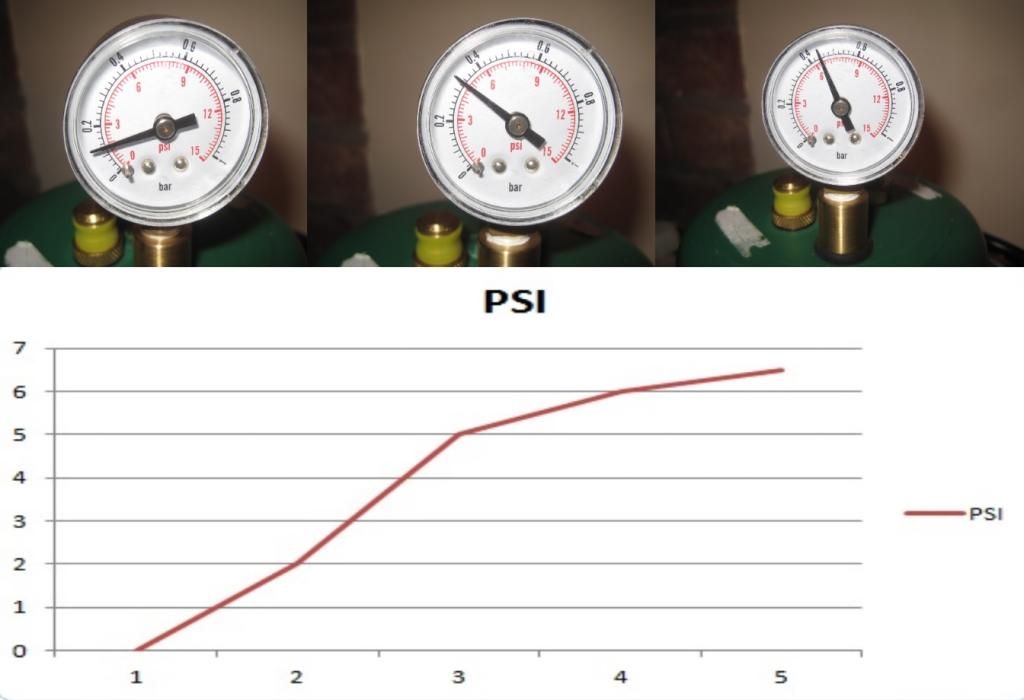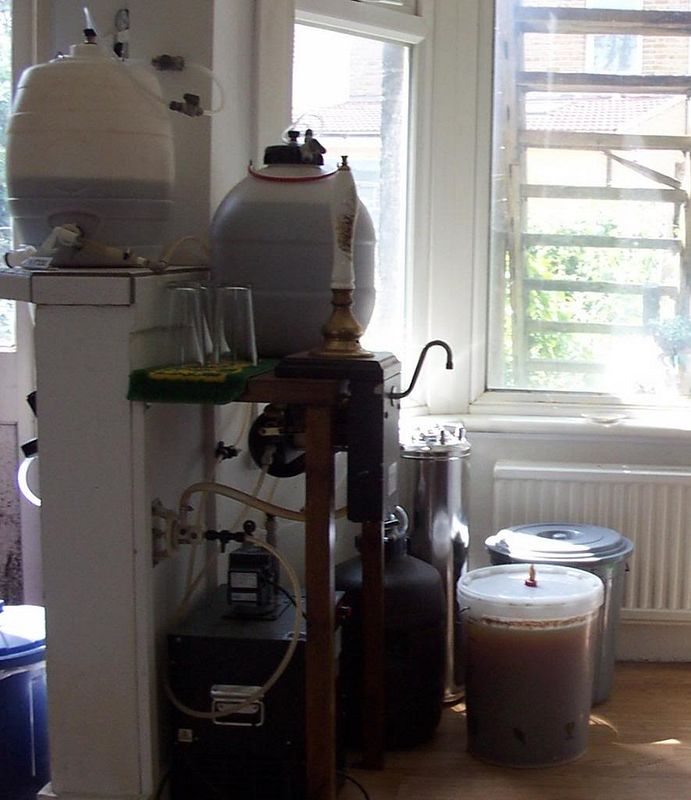Has anyone done cask conditioned beer at home? I ask because I have a hand pump and occasionally get a [commercial] barrel in for birthdays, barbie etc. I'd really like to have a go at doing a cask, but am not sure whether any of the barrels you could get would be suitable.
I am guessing it might be possible just to put the beer in the barrel at the same time you would normally bottle it, put the screw on, but not pressurise it with gas. Then when it comes to serving the beer, open the cap - at least enough to allow some air in - attach the hose to the tap and away you go.
Maybe a barrel like this:
http://www.traffordhomebrew.co.uk/basic-barrel-754-p.asp
Anyone tried this? Is there a fatal flaw in my plan? Or anyone have a better sort of barrel for this sort of thing?
Thanks!
I am guessing it might be possible just to put the beer in the barrel at the same time you would normally bottle it, put the screw on, but not pressurise it with gas. Then when it comes to serving the beer, open the cap - at least enough to allow some air in - attach the hose to the tap and away you go.
Maybe a barrel like this:
http://www.traffordhomebrew.co.uk/basic-barrel-754-p.asp
Anyone tried this? Is there a fatal flaw in my plan? Or anyone have a better sort of barrel for this sort of thing?
Thanks!





































![BREWING THERMOMETER STICKERS ACCURATELY MONITOR FERMENTING BEER & WINE LIQUID TEMPERATURES 5PCS HOME BREW SPIRITS WINE LCD ADHESIVE [US]](https://m.media-amazon.com/images/I/311DDjo2X3L._SL500_.jpg)






